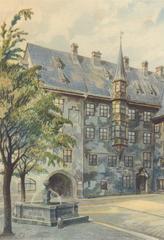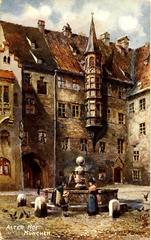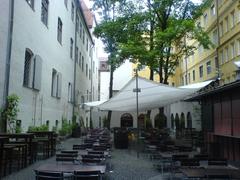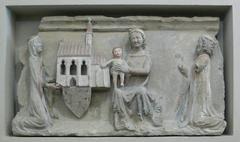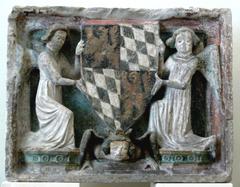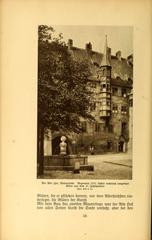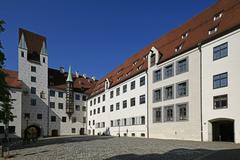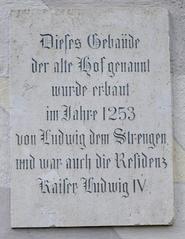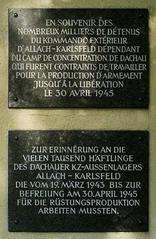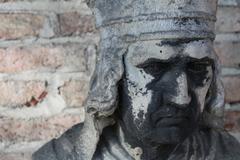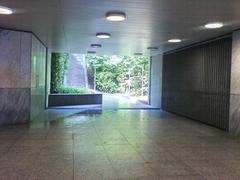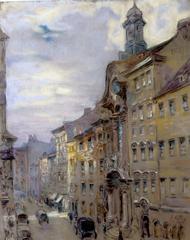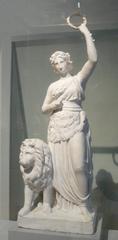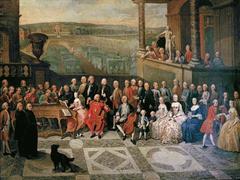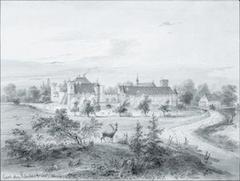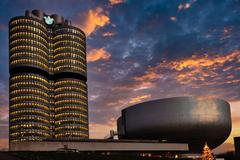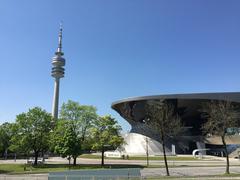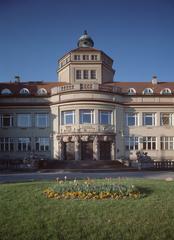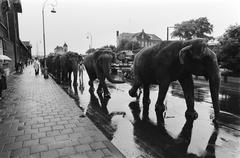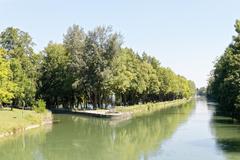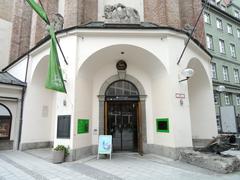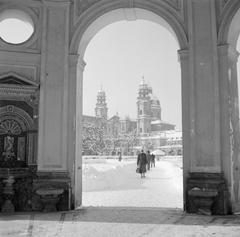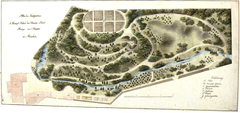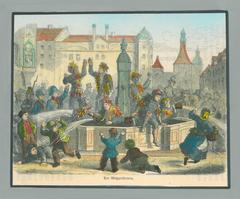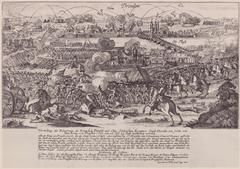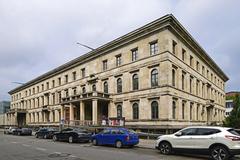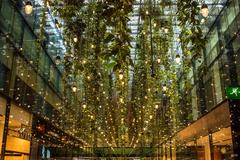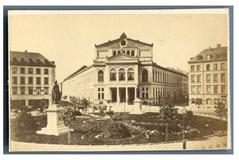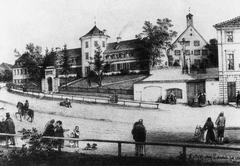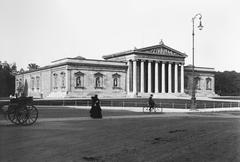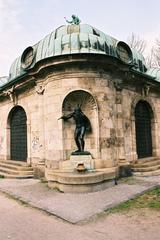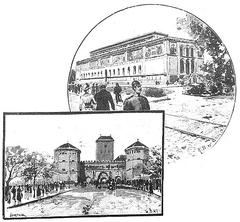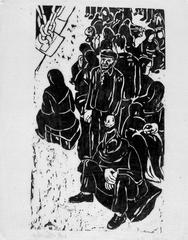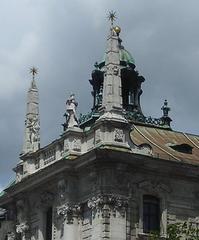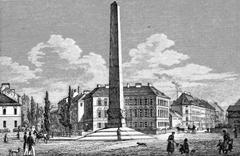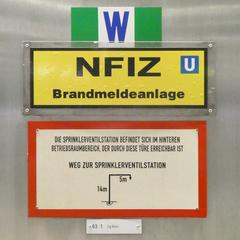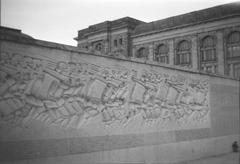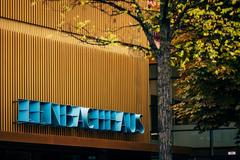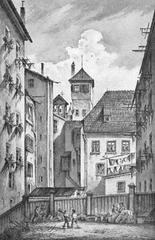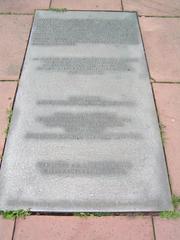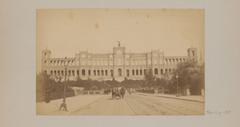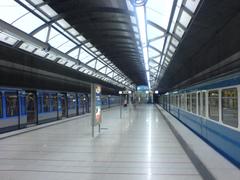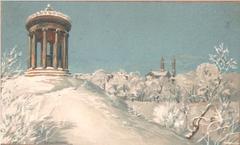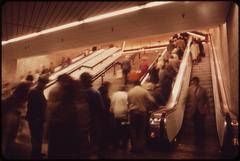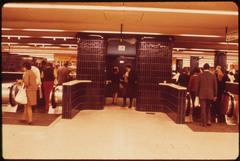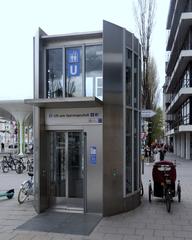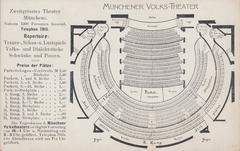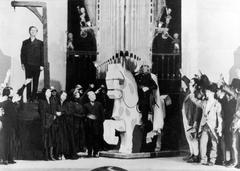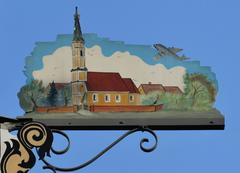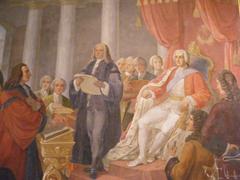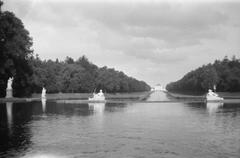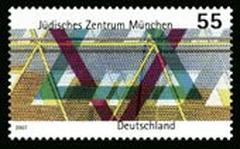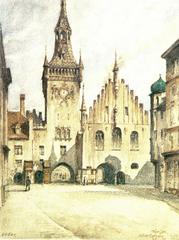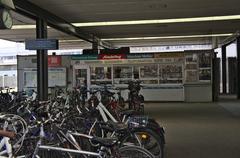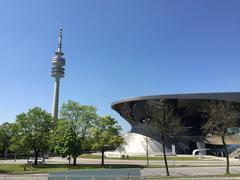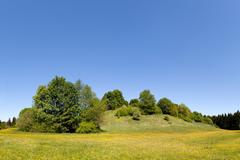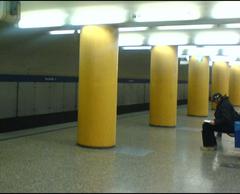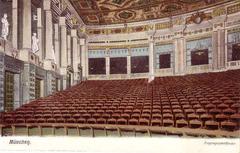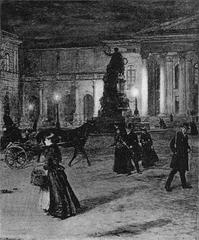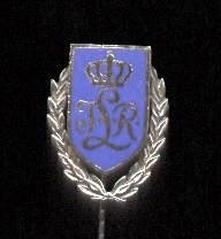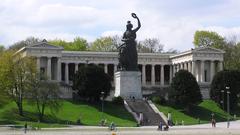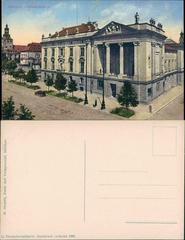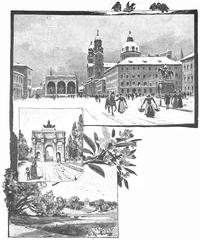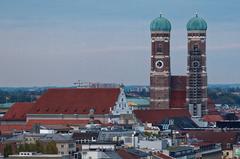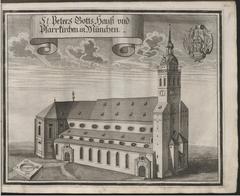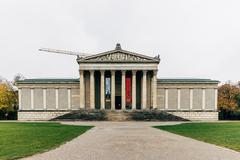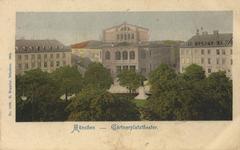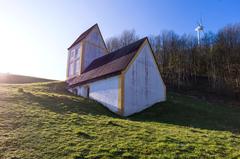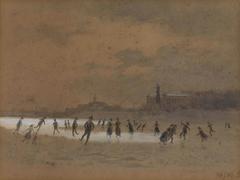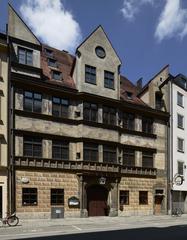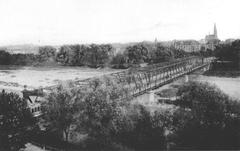
Visiting Alter Hof in Munich: History, Tickets, and Tips
Date: 19/07/2024
Introduction
Discover the historical grandeur and cultural richness of Alter Hof, Munich’s oldest residence of the Wittelsbach dynasty. Situated in the heart of Munich, Alter Hof, also known as the ‘Old Court,’ is a significant landmark that has witnessed the evolution of the city from a medieval town to a modern cultural hub. Built in the 12th century, this site served as the primary residence of the Wittelsbachs, who ruled Bavaria for over seven centuries. The castle complex, which has been meticulously preserved and restored, offers visitors a unique glimpse into Munich’s architectural and historical heritage. From its Romanesque origins to its Renaissance and Baroque modifications, Alter Hof reflects the changing tastes and political fortunes of its occupants. This comprehensive guide provides valuable insights into the history, architecture, and visitor information of Alter Hof, ensuring a memorable experience for anyone keen to explore Munich’s storied past. For more detailed information and planning, refer to the Munich tourism website.
Table of Contents
- Introduction
- Origins and Early History
- Architectural Evolution
- Renaissance and Baroque Modifications
- Decline and Restoration
- Modern Era and Cultural Significance
- Notable Features and Attractions
- Visitor Information
- Conclusion
- Sources and References
Origins and Early History
The Alter Hof, located in the heart of Munich, Germany, is a historic site with roots tracing back to the 12th century. Originally known as the “Old Court,” it served as the first residence of the Wittelsbach dynasty, who ruled Bavaria for over 700 years. The construction of the Alter Hof began around 1180 under the reign of Duke Ludwig I, following the transfer of the ducal seat from Kelheim to Munich. This move marked the beginning of Munich’s rise as a significant political and cultural center in Bavaria.
Architectural Evolution
The Alter Hof underwent several architectural transformations over the centuries. Initially constructed as a medieval castle, it featured a typical quadrangular layout with a central courtyard. The oldest part of the complex, the “Burgstock,” dates back to the late 12th century and showcases Romanesque architectural elements. During the 13th and 14th centuries, the castle was expanded and fortified, reflecting the growing power and influence of the Wittelsbachs.
In the late 15th century, Duke Albrecht IV initiated significant renovations, transforming the medieval fortress into a more comfortable and representative residence. This period saw the addition of Gothic elements, including the construction of the “Zwingerstock” and the “Lorenzistock.” The latter housed the ducal chapel dedicated to St. Lawrence, which became a focal point of religious life at the court.
Renaissance and Baroque Modifications
The Renaissance era brought further changes to the Alter Hof. Under Duke Wilhelm IV and his successors, the castle was modernized to reflect contemporary tastes and the growing influence of Renaissance art and architecture. The “Pfisterstock,” built in the early 16th century, is a notable example of this period’s architectural style, featuring elegant arcades and decorative elements.
The Thirty Years’ War (1618-1648) had a profound impact on the Alter Hof. The castle suffered significant damage during the conflict, leading to extensive repairs and modifications in the subsequent decades. The Baroque period saw the addition of ornate facades and interior decorations, reflecting the opulence and grandeur of the Wittelsbach court.
Decline and Restoration
By the late 17th century, the Wittelsbachs had shifted their primary residence to the newly constructed Munich Residenz, leading to a gradual decline in the importance of the Alter Hof. The castle was repurposed for various administrative and residential functions, and parts of the complex fell into disrepair.
The 19th and early 20th centuries saw renewed interest in the preservation of Munich’s historic architecture. Efforts to restore the Alter Hof began in the late 19th century, with a focus on preserving its medieval and Renaissance elements. However, the castle suffered further damage during World War II, necessitating extensive post-war reconstruction.
Modern Era and Cultural Significance
Today, the Alter Hof stands as a testament to Munich’s rich history and architectural heritage. The complex has been meticulously restored and now houses various cultural institutions, including the Munich City Museum and the Bavarian State Archaeological Collection. Visitors can explore the castle’s historic rooms and courtyards, gaining insight into the lives of the Wittelsbachs and the evolution of Munich over the centuries.
The Alter Hof also serves as a venue for cultural events and exhibitions, highlighting its ongoing significance as a center of art and history. The castle’s central location in Munich’s historic district makes it a popular destination for tourists and locals alike, offering a glimpse into the city’s storied past.
Notable Features and Attractions
Several notable features and attractions within the Alter Hof complex are worth exploring:
- Burgstock: The oldest part of the castle, showcasing Romanesque architecture and providing a glimpse into the early history of the Wittelsbach dynasty.
- Lorenzistock: Home to the ducal chapel dedicated to St. Lawrence, featuring Gothic architectural elements and historical artifacts.
- Pfisterstock: A Renaissance-era building with elegant arcades and decorative elements, reflecting the influence of Renaissance art and architecture.
- Zwingerstock: A Gothic addition to the castle, highlighting the architectural evolution of the complex over the centuries.
Visitor Information
For those planning to visit the Alter Hof, here are some practical tips to enhance your experience:
Opening Hours
The Alter Hof is open to visitors year-round, with varying hours depending on the season. It is advisable to check the official website for the most up-to-date information on opening times and any special events or exhibitions.
Tickets and Guided Tours
Guided tours are available and provide valuable insights into the history and architecture of the castle. These tours are often conducted in multiple languages, catering to international visitors. Ticket prices may vary, so it is recommended to check online or at the venue for the latest information.
Accessibility
The Alter Hof is accessible to visitors with mobility impairments, with ramps and elevators available in most parts of the complex. It is recommended to contact the venue in advance to arrange any necessary accommodations.
Nearby Attractions
The Alter Hof is located in close proximity to other major attractions in Munich’s historic district, including:
- Marienplatz: The central square of Munich, known for its historic buildings and the famous Glockenspiel. More information can be found here.
- Residenz: The former royal palace of the Bavarian monarchs, now a museum showcasing art, furniture, and historical artifacts. Visit the Residenz website for details.
- Viktualienmarkt: A bustling food market offering a variety of local and international delicacies. Learn more here.
Special Events and Photographic Spots
The Alter Hof hosts various special events throughout the year, including exhibitions, concerts, and cultural festivals. Visitors should look out for these events to enhance their experience. Additionally, the castle and its courtyards offer numerous picturesque spots for photography enthusiasts.
FAQ
- What are the visiting hours for Alter Hof? Visiting hours vary depending on the season and special events. It’s best to check the official website for the most current information.
- How much are tickets to Alter Hof? Ticket prices can vary. For the latest pricing, refer to the official website or inquire at the venue.
- Are guided tours available? Yes, guided tours are available in multiple languages and offer valuable insights into the castle’s history and architecture.
- Is Alter Hof accessible for visitors with mobility impairments? Yes, the complex is equipped with ramps and elevators to accommodate visitors with mobility impairments. Contact the venue in advance for specific accommodations.
Conclusion
The Alter Hof is not only a significant historical site but also a vibrant cultural landmark in Munich. Its rich history, stunning architecture, and diverse attractions make it a must-visit destination for anyone interested in exploring Bavaria’s heritage. Plan your visit today and immerse yourself in the legacy of the Wittelsbach dynasty and the evolution of Munich.
For more detailed information and to plan your visit, you can refer to the official Munich tourism website.
Sources and References
- Munich Tourism (n.d.). Retrieved from https://www.muenchen.de/int/en.html
- Alter Hof Official Website (n.d.). Retrieved from https://www.alterhof.de
- Marienplatz Information (n.d.). Retrieved from https://www.muenchen.de/sehenswuerdigkeiten/marienplatz.html
- Residenz München (n.d.). Retrieved from https://www.residenz-muenchen.de
- Viktualienmarkt München (n.d.). Retrieved from https://www.viktualienmarkt-muenchen.de
- Hofbräuhaus München (n.d.). Retrieved from https://www.hofbraeuhaus.de
- Ratskeller München (n.d.). Retrieved from https://www.ratskeller.com
- Schneider Bräuhaus (n.d.). Retrieved from https://www.schneider-brauhaus.de

